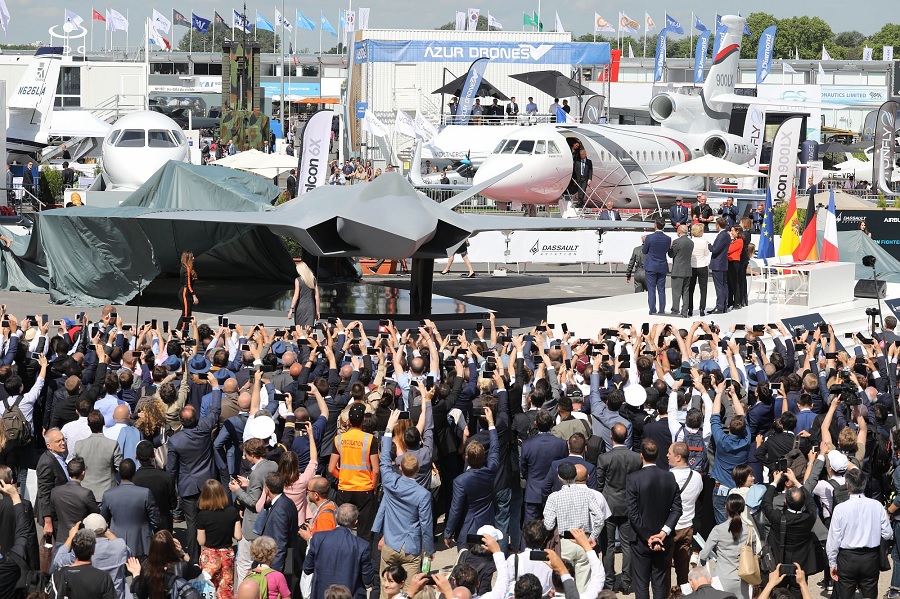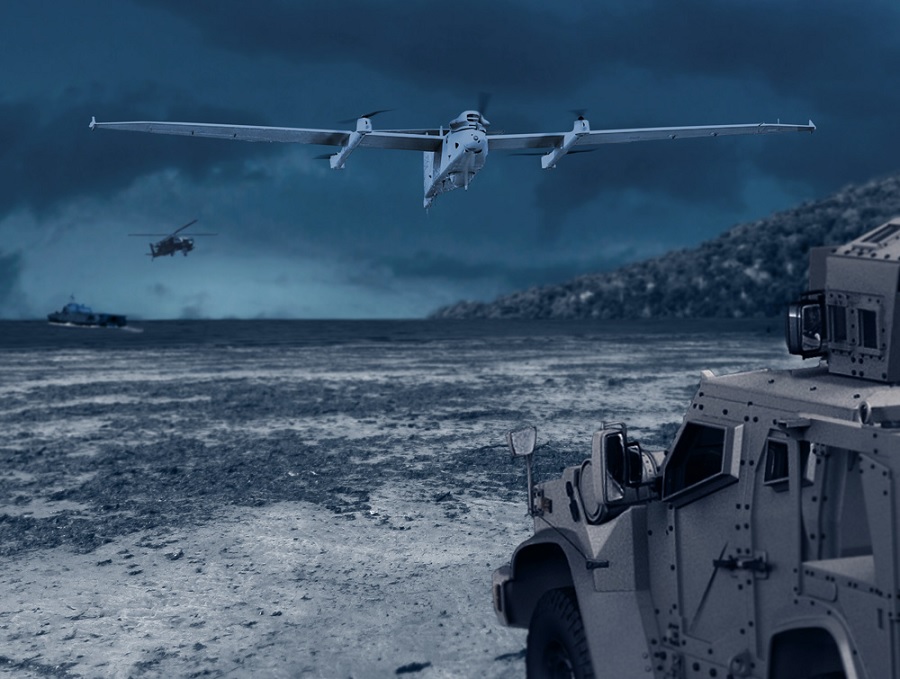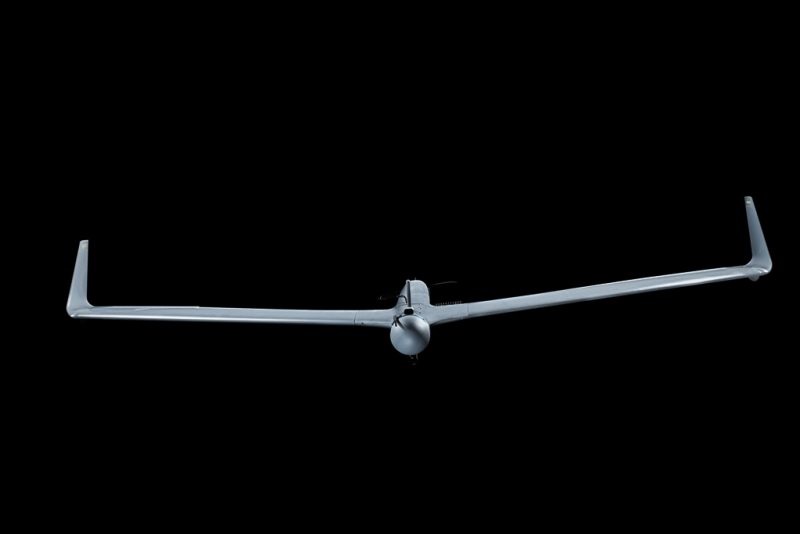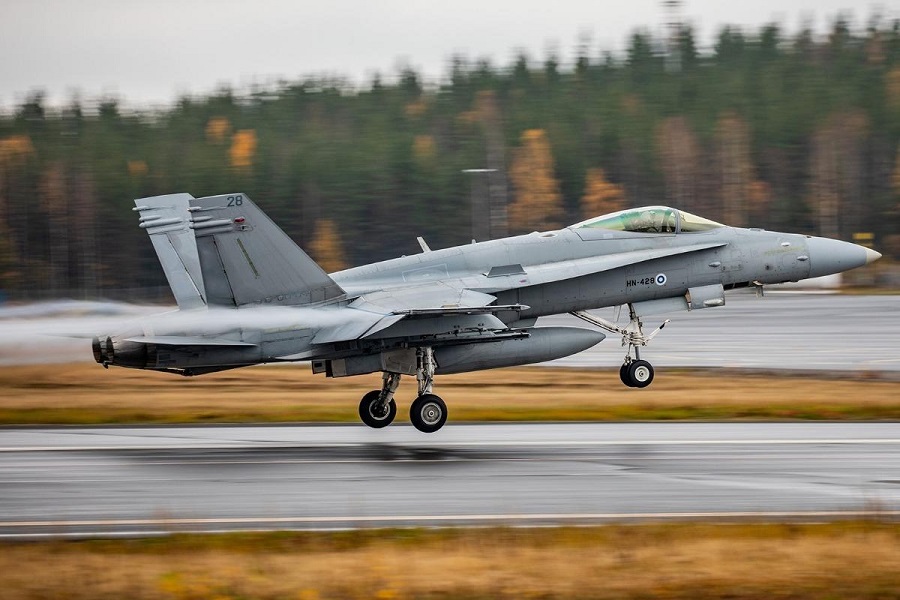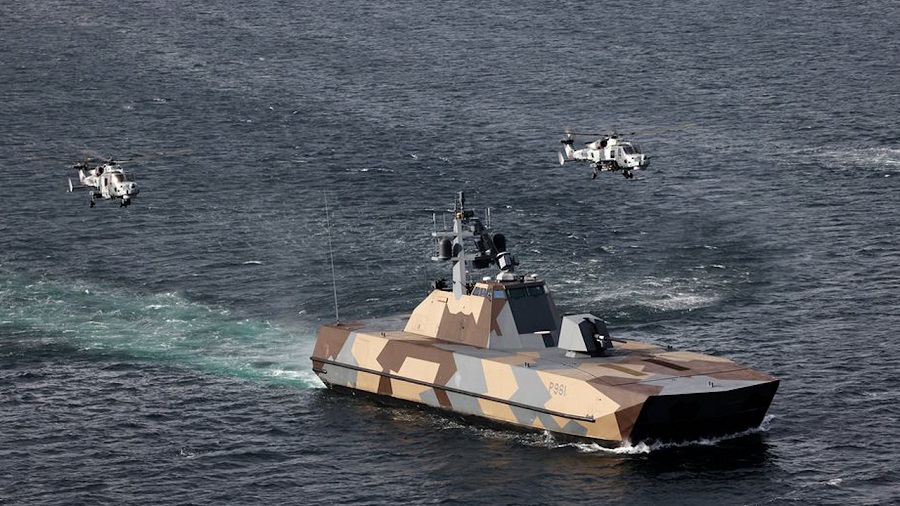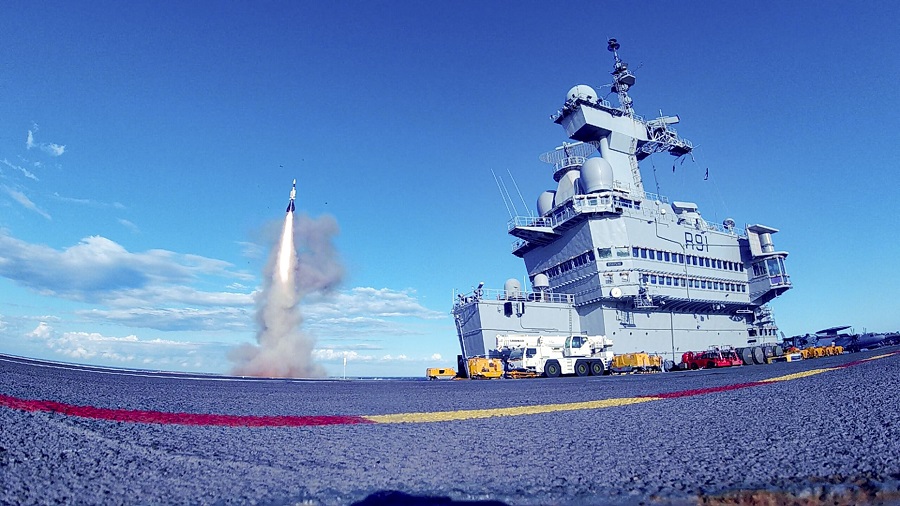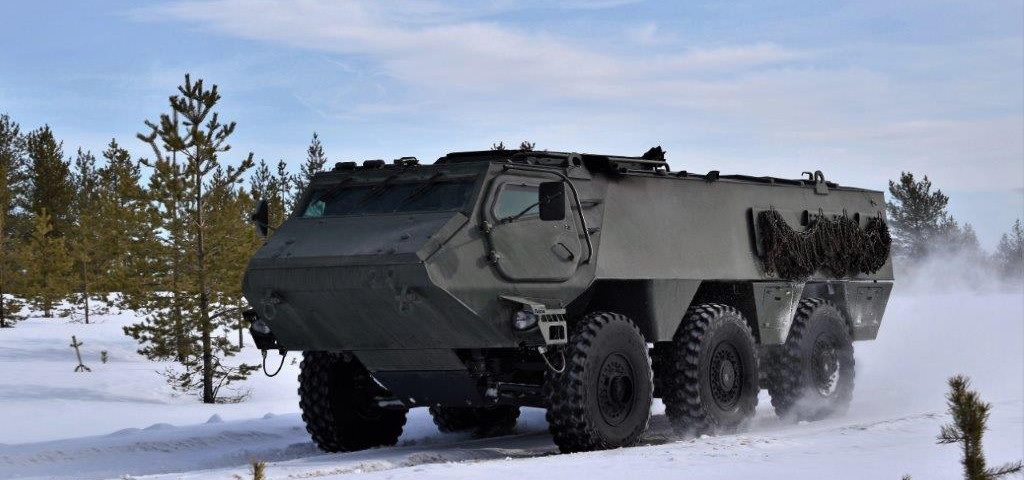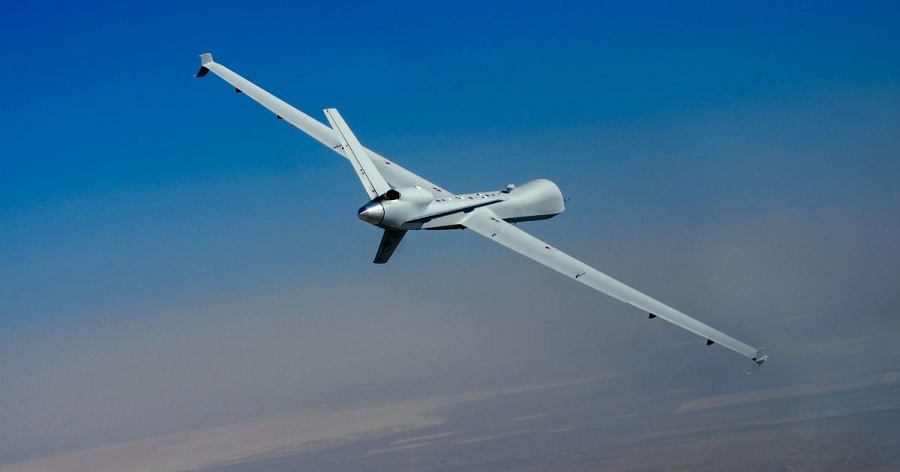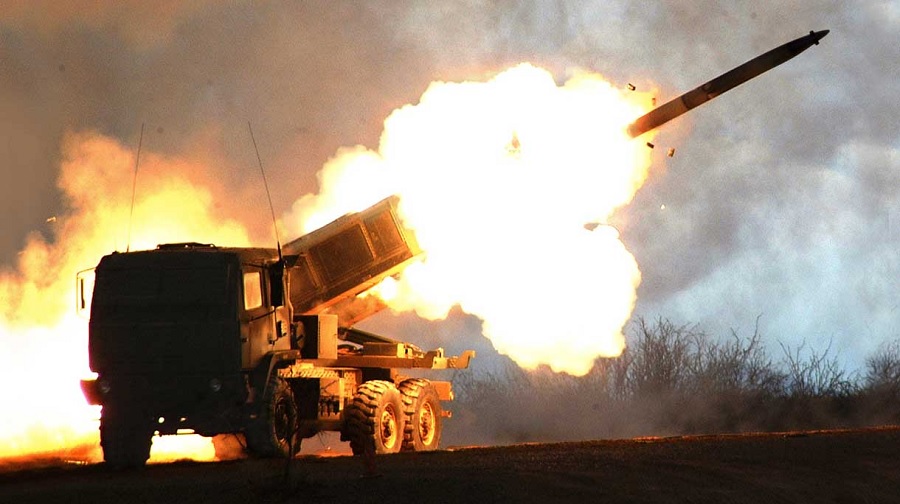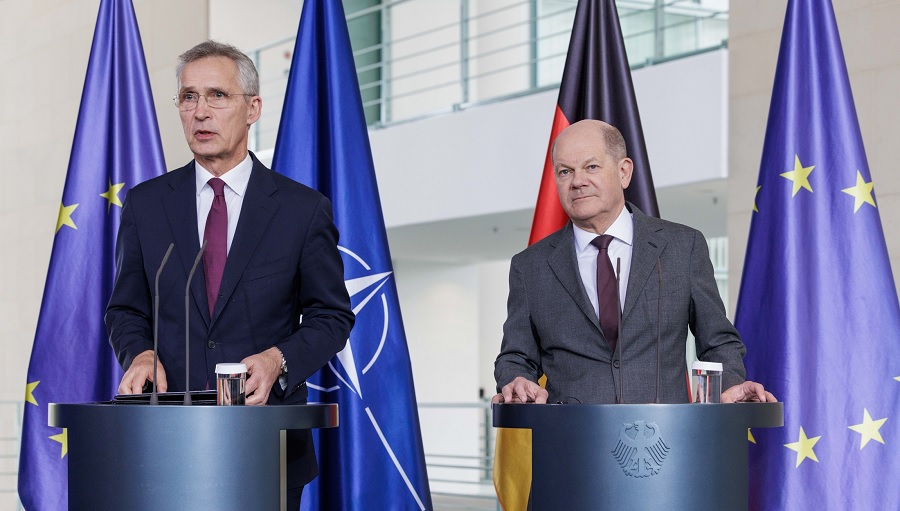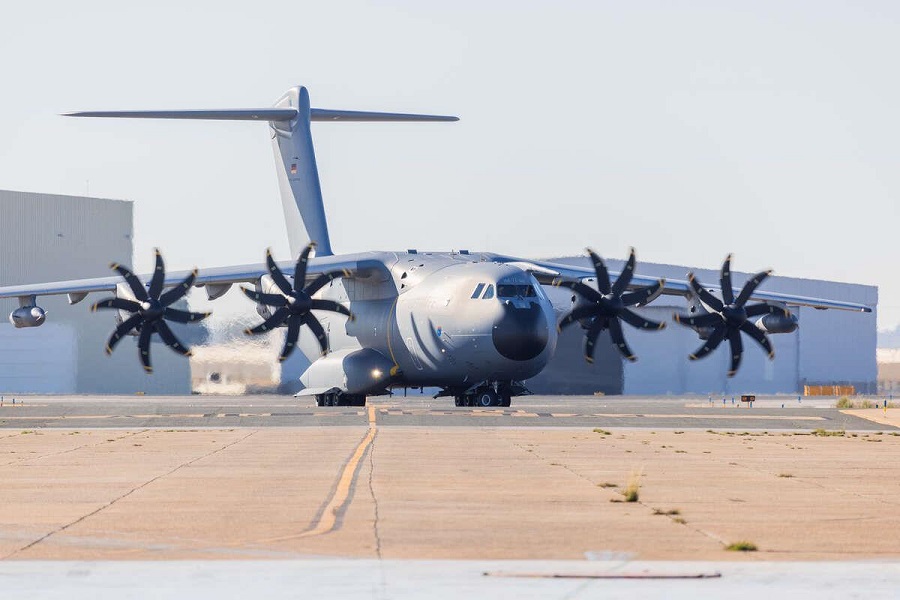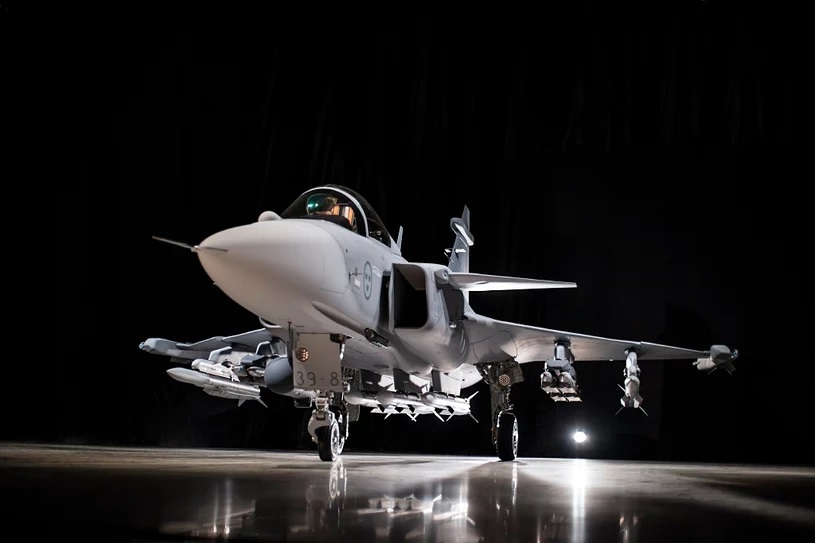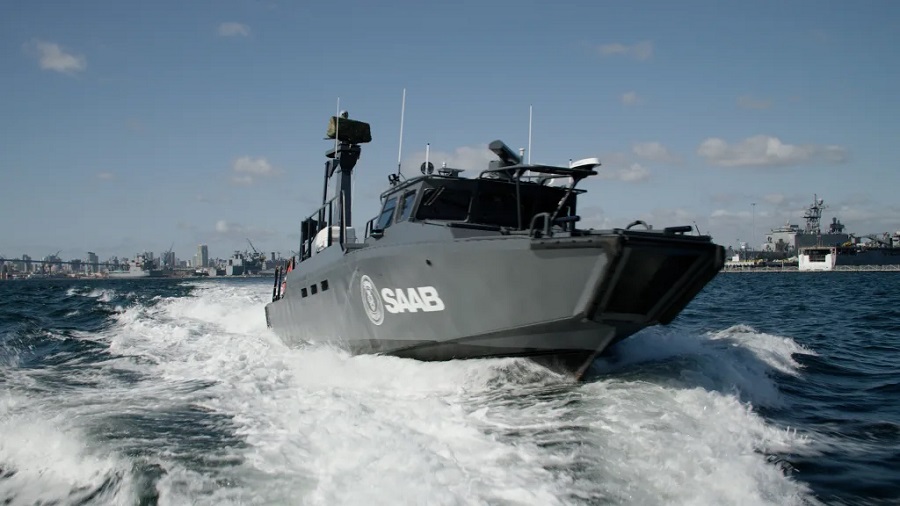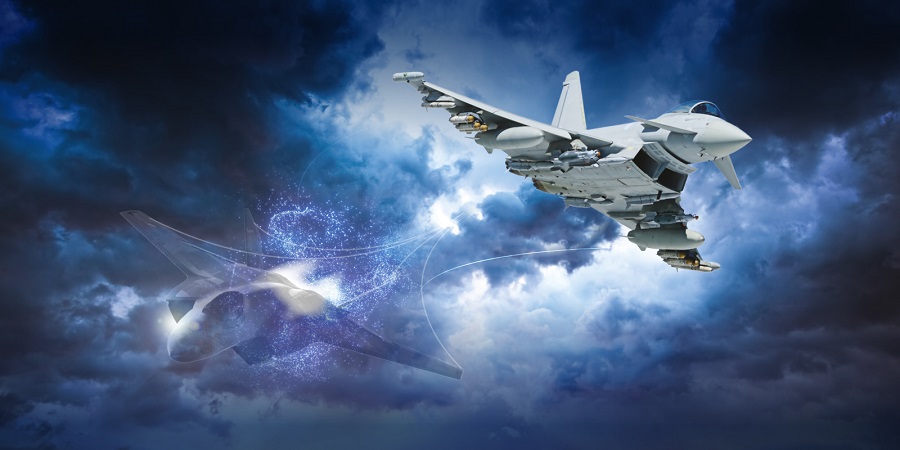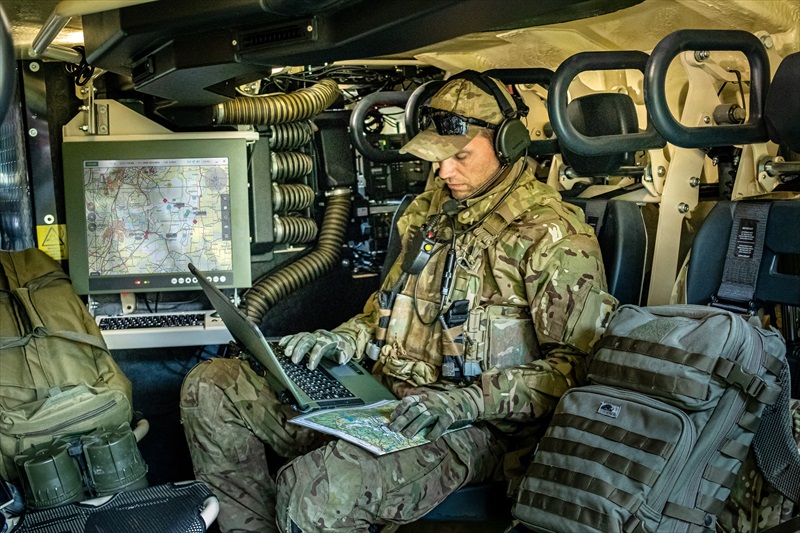The T-600 is an electric-powered demonstrator aircraft capable of vertical take-off and landing, can carry a payload of 200kg and can travel at up to 140km/h. It also has a range of up to 80km depending on payload. It is around the size of a small car and is designed to be easily disassembled for transportation. During the multinational exercise, the demonstrator successfully released an inert Sting Ray training variant anti-submarine torpedo during a flight mission at sea for the first time.
You’ve seen drones before, but not like this.
In partnership with Malloy Aeronautics, we recently demonstrated the T-600 heavy lift, all-electric vertical take-off and landing (eVTOL) demonstrator aircraft, at a recent NATO event in Portugal. 👇https://t.co/f1gCRbbKwc pic.twitter.com/nXe6rwhkoa
— BAE Systems Air (@BAESystemsAir) September 27, 2023
The exercise known as REPMUS (Robotic Experimentation and Prototyping with Maritime Uncrewed Systems) involved 15 NATO partners, along with Ireland and Sweden. It provides a safe and controlled area to test concepts, requirements, new and advancing technologies in respect of Maritime Uncrewed Systems.
The T-600 demonstrator is designed to develop, validate and display technologies which may be applied to the T-650, a completely new design of an all-electric heavy lift UAS which will offer rapid reconfiguration capabilities applicable to military, commercial and humanitarian uses. The T-650 will provide significant capabilities in the areas of automated logistics and resupply, casualty evacuation and anti-submarine warfare whilst reducing the environmental impact of our armed forces.
In just two years since we launched our collaboration with Malloy, we’ve developed a heavy lift UAS and working with the UK Royal Navy and Portuguese Navy, have taken part in the latest NATO REPMUS exercise. The demonstration showcased the capability of our T-600 technology demonstrator, carrying an inert Sting Ray torpedo in front of the world’s premier naval forces. It’s a fantastic achievement in our collaboration with Malloy and a sign of our joint ambitions to bring new capabilities to our customers,” said Neil Appleton, Head of Sustainable Electric Products, BAE Systems Air.
“Our development of Sting Ray Mod 2 is focussed not only on weapon effectiveness once deployed but also in increasing the ways in which Sting Ray can be deployed. As part of this we are extending the breadth of platform interfaces supported, and are maturing new torpedo deployment mechanisms, including drones, to explore the operational benefits to Anti-Submarine Warfare and or Anti-Torpedo defence,” said Dave Quick, Head of Underwater Weapons, BAE Systems Maritime Services.
“At Malloy Aeronautics, we are committed to turning concept ideas into real capabilities fast. Our smaller T-150 UAS have been tested and operated for years by the UK MoD and US DoD, but the T-600 has gone from concept to operational demonstrator in record time for a vehicle in this payload class. The collaborative success seen at REPMUS adds to the list of promising capabilities being tested with this platform (last-mile resupply and CASEVAC), and proves that modular, multi-mission UAS can reduce the logistics burden and increase operational tempo at a fraction of the cost,” commented Oriol Badia, CEA of Malloy Aeronautics.
The T-650 programme sits within FalconWorks, a new centre for advanced and agile research and development within BAE Systems’ Air sector, designed to deliver a range of cutting-edge combat air capabilities to the UK and its allies.
The demonstration at REPMUS is the result of the engineering expertise of the BAE Systems Air sector and Maritime Services collaborating to find new and novel ways to combine emerging technologies, alongside Malloy Aeronautics, L3 Harris and General Dynamics UK, who were all partners in the demonstration.
L3Harris and General Dynamics UK have both supported the demonstration as part of a multi-organisational partnership by providing the GnatHD carriage and release system and Distributed Stores Management control system respectively. These advancements in technology have further unlocked the possibility of weapons integration on heavy-lift UAS.





